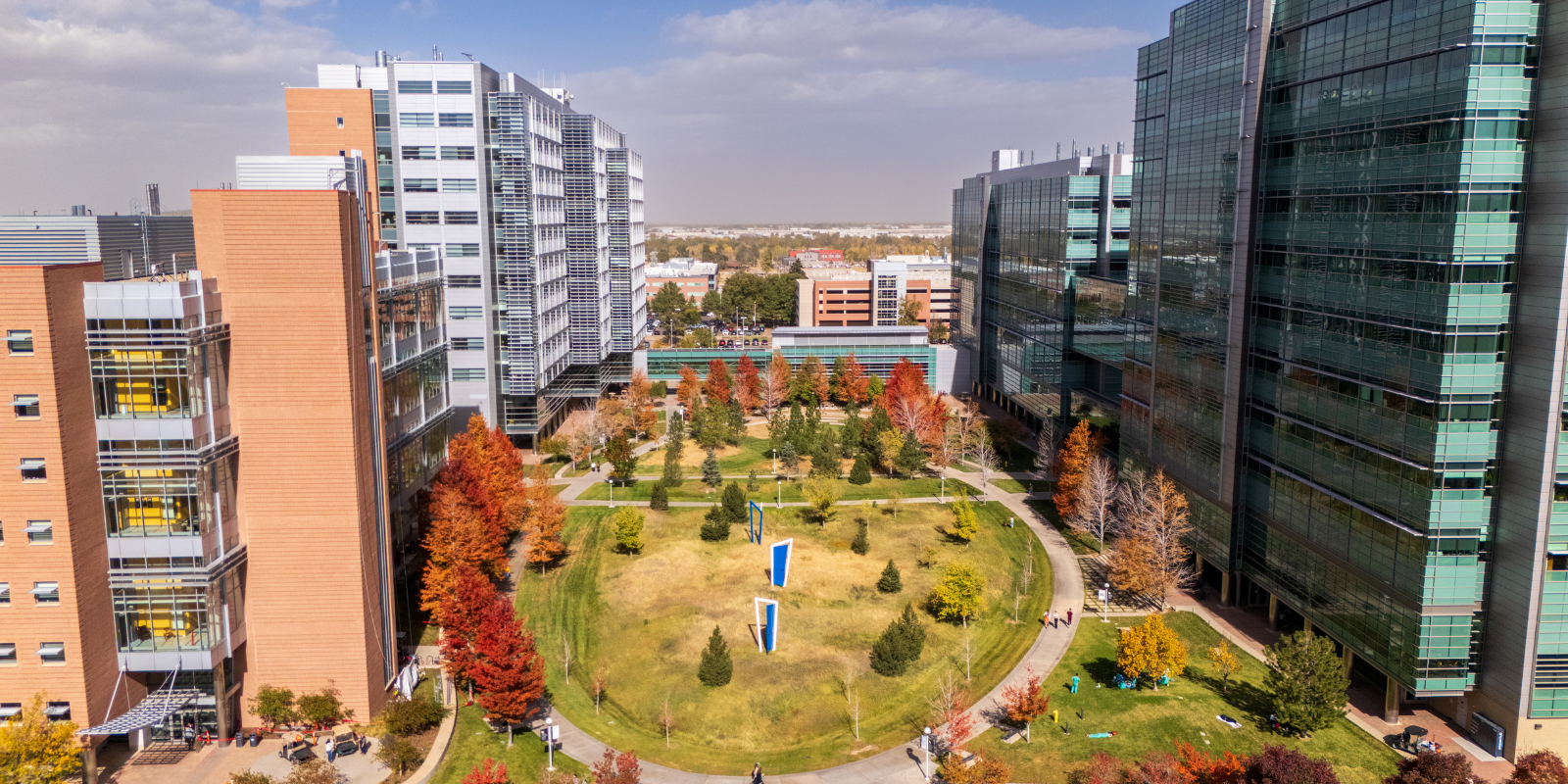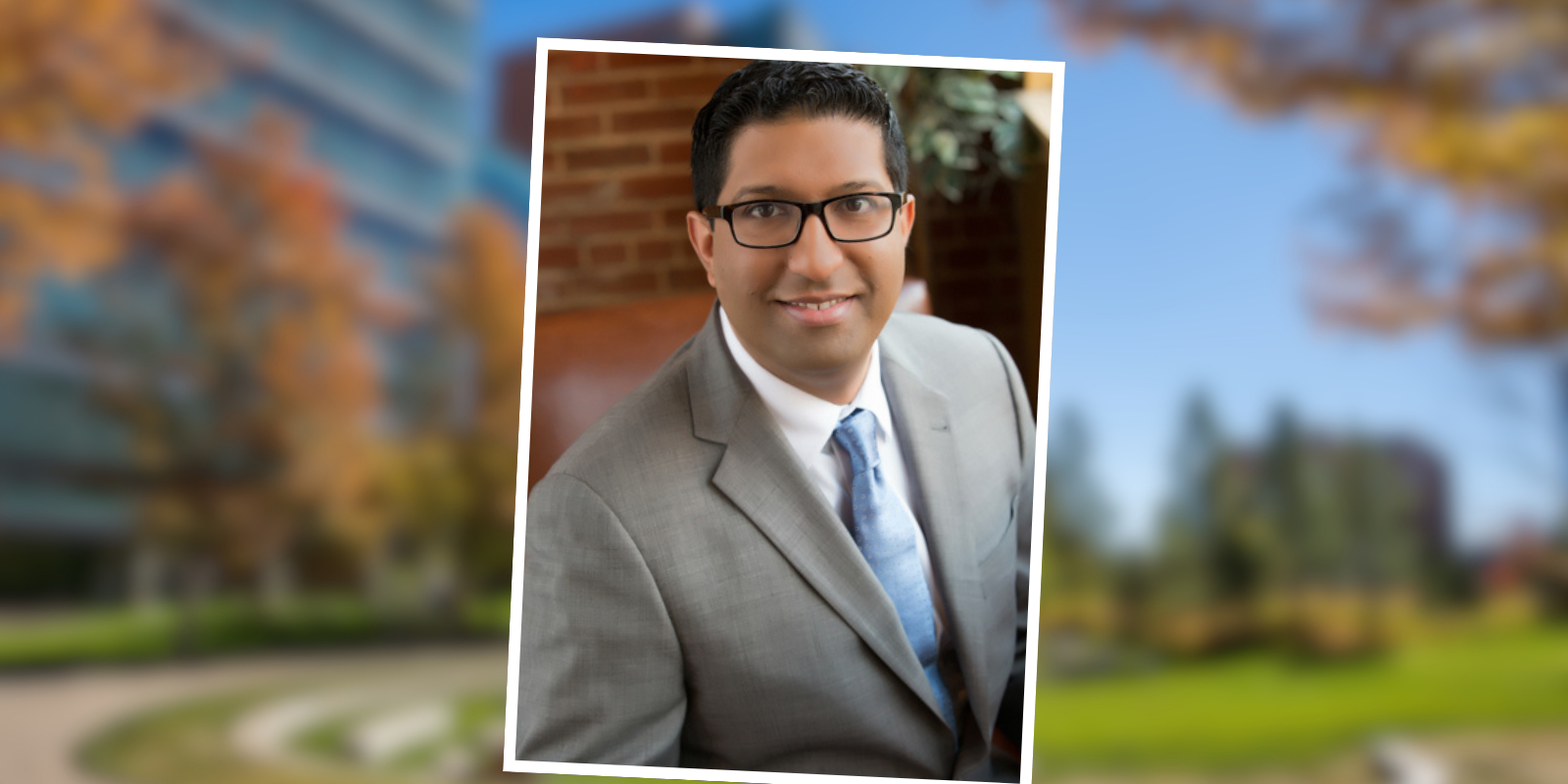Imagine knowing of a technology that can improve surgical outcomes, but not having access to it or a way to implement it even if it was available. That was the unique challenge that Colby Simmons, DO, MBA, found himself in as an America Society of Anesthesiologists Global Humanitarian Outreach Scholar in Uganda during his third year of residency at the University of Colorado School of Medicine in 2017.
That experience sparked an idea. “I knew that through intraoperative neuromonitoring (IONM), it would be possible to offer safer surgical interventions in Uganda and improve the quality-of-care delivery while simultaneously creating a framework for sustainability with neuromonitoring and training,” explains Simmons, now an assistant professor of anesthesiology at the CU School of Medicine and director of the CU Global Anesthesia Program.
The use of IONM is currently the only way to monitor spinal cord function in real time while a patient is under general anesthesia. Surgical intervention without continuous monitoring is fraught with risk and potential complications that can lead to permanent patient harm and severe disability.
Access to IONM services in low-income countries like Uganda is limited due to cost, availability of equipment, and lack of personnel with training to administer and interpret IONM during neurosurgical procedures.
Managing the training from afar
Simmons recognized the need and the solution, but training, especially during a global pandemic, proved challenging.
After three years of planning and preparation, Simmons and his team, including Daniel Teguo, MPH, a former IONM technologist at UCHealth and current doctoral candidate at Harvard T.H. Chan School of Public Health, began virtually training Ugandan anesthesiologist Betty Nantongo, MBchB, MMED, to be the IONM director at CURE Children’s Hospital Uganda, a pediatric neurosurgical center for the region.
“Remote training and virtual intraoperative neuromonitoring assistance with surgeries in Uganda are novel concepts,” Teguo says. “It is new and challenging, especially with an eight- to 10-hour time difference.”
To finalize the training and begin actual IONM practice, Simmons and Teguo secured an in-kind donation of IONM equipment and software from Cadwell. By spring 2022, the team was able to travel to Uganda to work with Nantongo and see their hard work in action.



Intraoperative Neuromonitoring Program in Uganda.
Patient success
On March 29, 2022, the first reported surgical procedure utilizing IONM in Uganda and sub-Saharan Africa (outside of South Africa) was performed. A 2-year-old boy presented with a lipomyelomeningocele causing tethering of his spinal cord and spinal nerves to the tumor.
Without IONM, knowing which tissue is resectable and which is vital for neurologic function is extremely challenging, if not impossible. Access to IONM technology allowed Nantongo to safely resect the entire tumor and prevented the child from suffering any neurologic deficits.
After his surgery, the young boy was able to walk without issue, regain normal sensation, and have no bowel or bladder complications. The outcome could have gone in a completely different direction were it not for Nantongo’s ability to use IONM to guide the procedure.
“We are happy with the progress so far attained, and we have been able to operate on a number of patients with complex spine and brain tumors with IONM,” Nantongo says. “The ability to know if we are causing injury to vital functions of the patients allows the team to push to maximal safe limits in terms of extent of tumor resection.”
Future impact and growing support
Armed with new equipment, and with Nantongo’s training in IONM from Simmons and team, CURE Uganda has been able to provide care for more children in the region, especially for those who require IONM for a safe and successful operation.
Julio Montejano, MD, assistant professor of anesthesiology at the CU School of Medicine, joined Simmons and other team members during his neuroanesthesiology fellowship and traveled to Uganda in June 2022 for a follow-up site visit and to further establish the CU Global Anesthesia Program. Montejano remains involved with the team’s effort to provide virtual real-time support to the team in Uganda. To date, the team has successfully completed more than a dozen cases.
“The ability to translate this model to other low-income settings and help neurosurgeons and anesthesiologists around the world perform spine and brain surgery with a higher degree of safety holds great potential,” Montejano says.
Simmons’ and his team’s enthusiasm for bringing this technology and training to Uganda is helping to grow the program, with hopes of expanding to more global communities.
“With the support of our department’s leadership, we are excited to partner with surgeons and anesthesiologists around the world to bring sustainable and life-changing technologies to patients in need,” Simmons says. “I strongly believe that creating sustainable collaborations, where we give people the tools required to succeed independently, fosters a sense of community, engenders local support, and most importantly, enhances patient outcomes. It has truly been a dream come true to see this project come to fruition, and I am forever thankful for the opportunity to lead this initiative.”
→ Learn more about the CU Global Anesthesia Program



